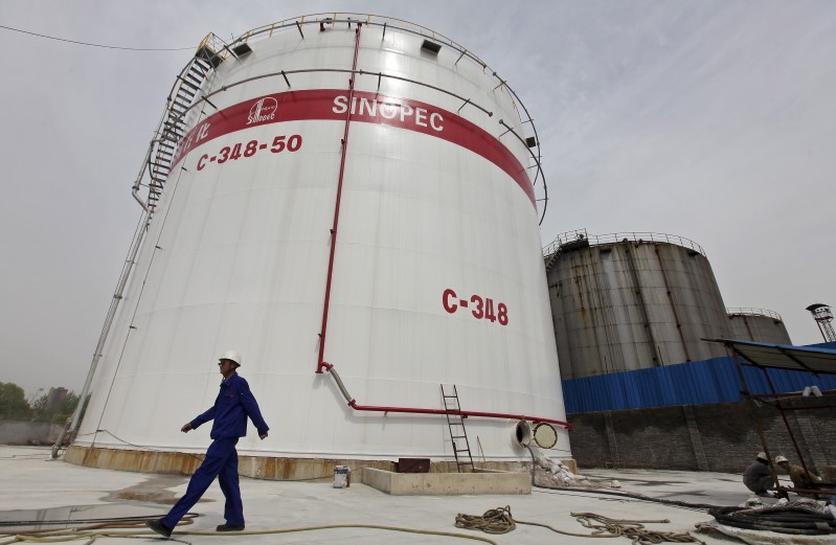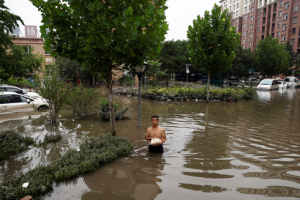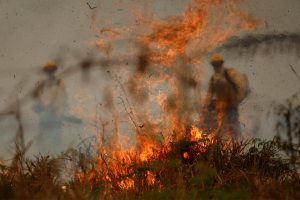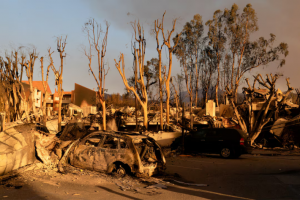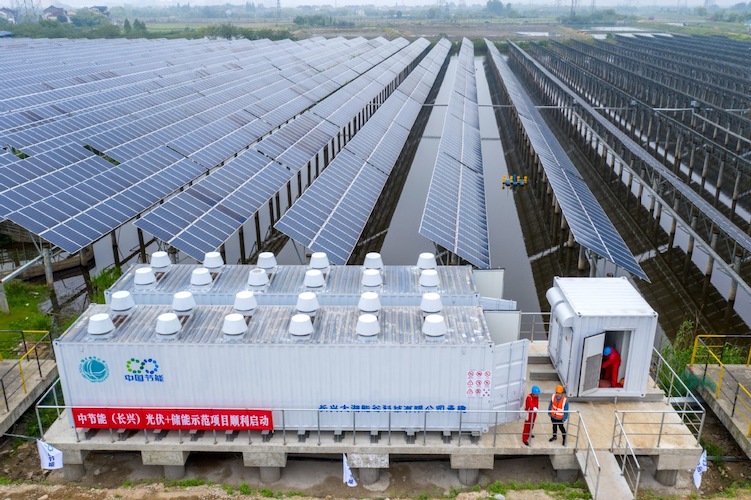The state oil and gas producer says construction is already underway on the site in eastern China which will eventually account for more than 10 million tonnes of CO2 over the next 15 years
The China Petrochemical Corp – or Sinopec – has begun work on the country’s biggest carbon capture, utilisation and storage (CCUS) project.
The company announced on Monday that it has started constructing a carbon-processing set-up in eastern China as part of the refiner’s goal to be carbon-neutral by 2050.
The Asian company has been planning to cap its carbon emissions at peak levels prior to a national timeline set by the government for 2030, both through increasing hydrogen output and the treatment and capture of carbon dioxide.
Also on AF: China’s antitrust watchdog to pull plug on Tencent’s videogaming mega-merger
The CCUS project involves capturing carbon dioxide produced from a Sinopec’s Qilu refinery in eastern Shandong province during a hydrogen-making process, and then injecting it into 73 oil wells in nearby Shengli oilfield, Sinopec said in a statement.
At a purified rate of more than 99%, carbon dioxide can be mixed with crude oil and help generate higher oil production.
Sinopec estimated that 10.68 million tonnes of carbon dioxide would be injected into the oilfield over the next 15 years and boost crude oil production by nearly 3 million tonnes.
The project is scheduled to start operations at the end of this year, Sinopec said, adding that it plans to build similar projects in neighbouring Jiangsu province, by capturing and using carbon dioxide from refinery and petrochemical plants there to boost oil output at its Huadong and Jiangsu oilfields.
NET ZERO
The state oil and gas producer also said it would explore setting up a CCUS research and development centre.
A growing number of countries including China are targeting net zero carbon dioxide emissions by around the middle of the century in the wake of the 2015 Paris climate agreement.
To achieve that, the amount of carbon dioxide captured must rocket to 800 million tonnes in 2030 from around 40 million tonnes currently and require up to $160 billion investment, the International Energy Agency said last September.
- Reporting by Reuters
Read more:
Asian coal plant drive threatens climate goals: report
Dozens of companies keen to exploit Vietnam’s vast wind power potential




